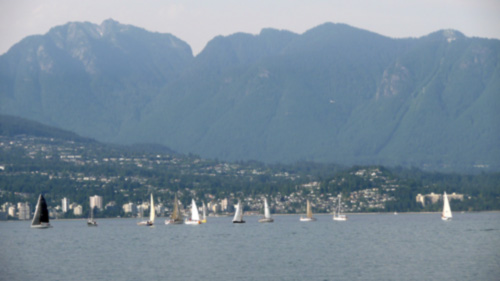busy busy

This first week of August has been a busy one for me with three days spent in the printmaking studio. I signed up for two weeks of summer access in order to complete two editions, of which I’d done the digital printing in the spring. I’m doing the hand printing on top of these now. I finished printing an etching on one yesterday. Today I was playing with a few ideas for the second edition, eventually deciding on relief printed collagraphs. I have some more to do on them at home this weekend. I hope the tests will be successful on Monday and then the edition can be completed. I’d like to have a couple of days at least left to do some playing around, maybe even trying out my new Dremel tool! I’ll write more when they are finished and photographed, hopefully at the end of next week.
As soon as I spend time in the printmaking studio, my time for other things gets squeezed, like time for the garden. It’s been incredibly hot and humid again and some of my plants were seriously wilting from neglect so I dashed around with the garden hose this afternoon. I too have been wilting into exhaustion, finding it hard to work in this heat. That may be why I rarely print in the summer; it must be my northern blood that I function far better in the cooler months!

One non-studio day I had an appointment over town with my naturopathic doctor. The timing was perfect for my husband, who commutes by bicycle, to ride over from work to meet me afterwards. He loaded his bike inside our van and we headed west over to Spanish Banks, long sandy beaches along the south side of English Bay. It’s immensely popular for it’s warm shallow waters along here and many people were enjoying it and the gorgeous view of the North Shore mountains and the highrises of the downtown to the east. It was very hazy with the heat and humidity, and therefore smoggy as well so our photos were not clear. We walked and walked along the beach, looking for a certain new seaside restaurant but eventually realized we’d gone too far west past the Kitsilano beach area where it actually was. As we drove back east, we spotted an interesting looking little organic food place on 4th Avenue instead and enjoyed a tasty light dinner. It’s fun to be a tourist in our town for a little while now and then.























